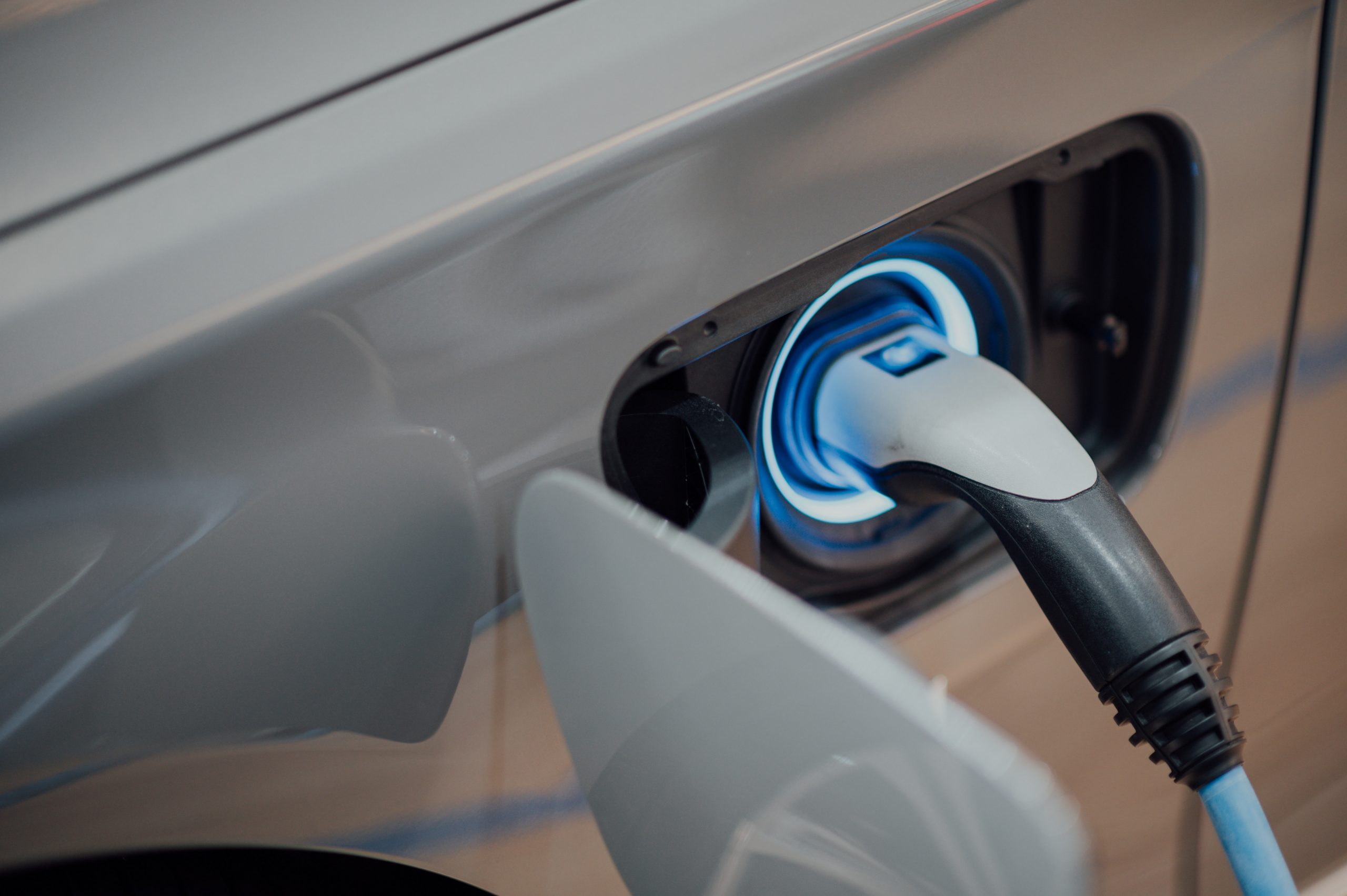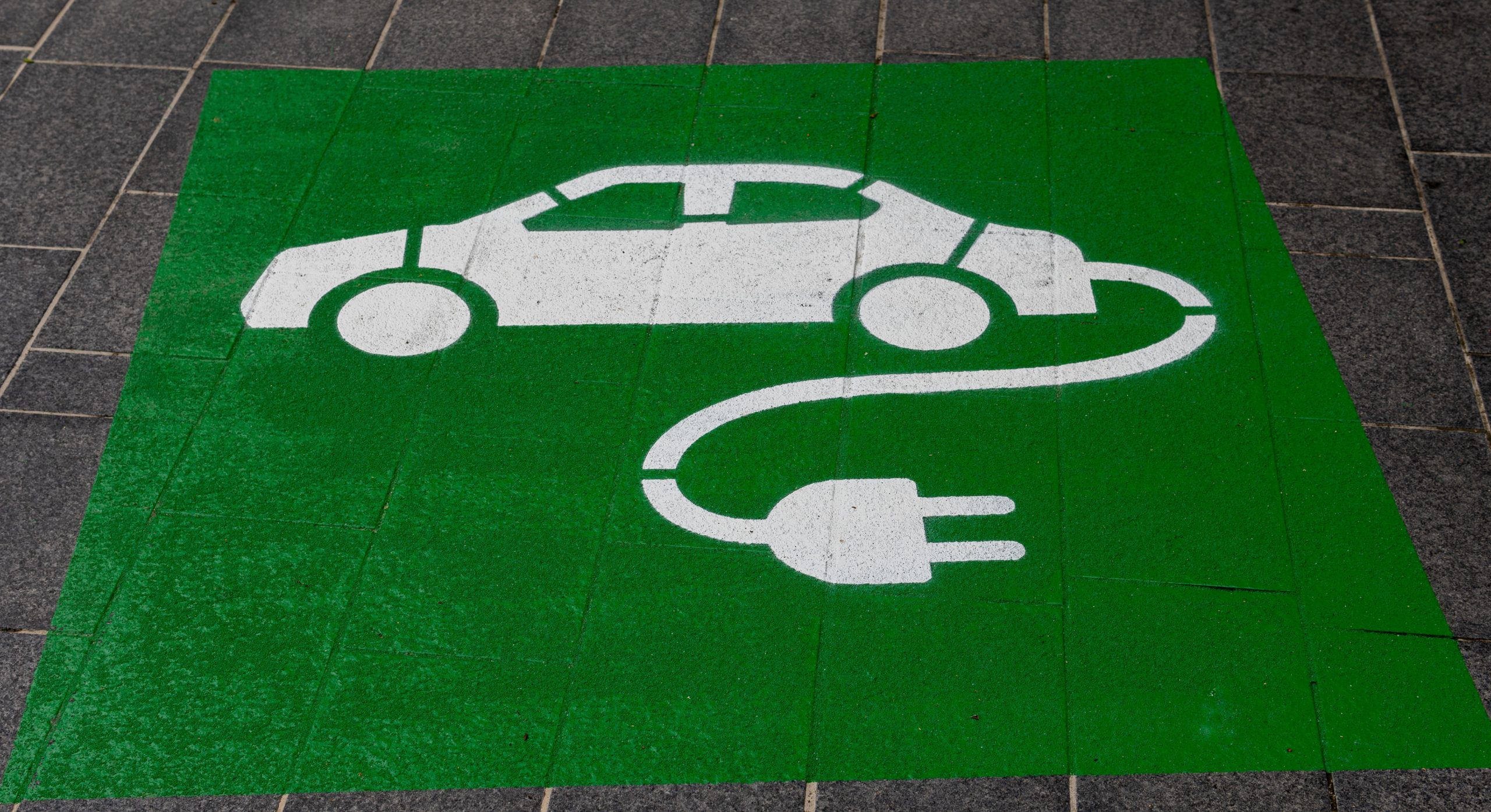Electric vehicles (EVs) are becoming increasingly popular as individuals and companies take steps to reduce their carbon footprint, and it’s clear there’s a greater need than ever before. In 2019, the transport sector accounted for almost a quarter (24%) of the UK’s total greenhouse gas emissions, highlighting the need for cleaner alternatives to fossil fuel-powered cars.
With global automakers investing billions into research and development, many of the long-standing barriers to EV adoption are slowly being lowered. And as electric fleets become more accessible, they will become an increasingly viable option for everyday drivers. In this blog post, we will take a closer look at the trends and innovations in EV technology that are shaping the future of transportation.
Battery technology
The battery technology used in EVs is constantly improving, making them more efficient and reducing the time required for charging. The use of solid-state batteries is on the horizon, promising lower costs and higher energy density. Similarly, the development of wireless charging technology will make charging EVs even more convenient. Some manufacturers are also already working on dynamic charging, which would allow vehicles to charge while driving.
It’s equally important to consider the entire lifecycle of the batteries in EVs. Currently, batteries are one of the biggest offenders when it comes to an EV’s carbon footprint, with the manufacturing process and post-life disposal often coming to the detriment of the environment. Improvements in battery technology will need to focus on reducing their impact in these areas, as well as offering more tangible benefits to drivers.

Autonomous driving
Self-driving cars are no longer a thing of the future. With advancements in autonomous driving technology, EVs are becoming safer and more efficient. Self-driving features like automatic lane switching, adaptive cruise control, and self-parking are already available in many EV models. In the coming years, fully autonomous cars will be on the roads, offering greater convenience and reducing the need for human input – which is expected to further enhance driver safety.

Bidirectional charging
With many manufacturers already rolling out the technology, bidirectional charging looks set to transform the way in which we power EVs. Whilst standard charging processes send power in one direction (from a power source to the vehicle), bidirectional charging enables energy to also be transferred from the vehicle and used by other devices. There are several different types of bidirectional charging being rolled out including vehicle to vehicle, vehicle to grid, and vehicle to home – where a car essentially acts as a backup power source for households.
While there are still improvements needed in the technology, there are lots of benefits to bidirectional charging. Not only can it make EV drivers money by selling excess energy to the grid, but there is also the potential to become self-sufficient when used in conjunction with renewable energy sources at home.

Conclusion
As the world moves towards a greener future, the need for efficient and sustainable transportation options is at an all-time high. The trends and innovations discussed in this post will shape the future of EV technology, creating faster, more convenient, and more sustainable transportation solutions for individuals and companies alike. With continued advancements, we can expect to see a future where traditional combustion engines are a thing of the past, and EVs have become the norm.
